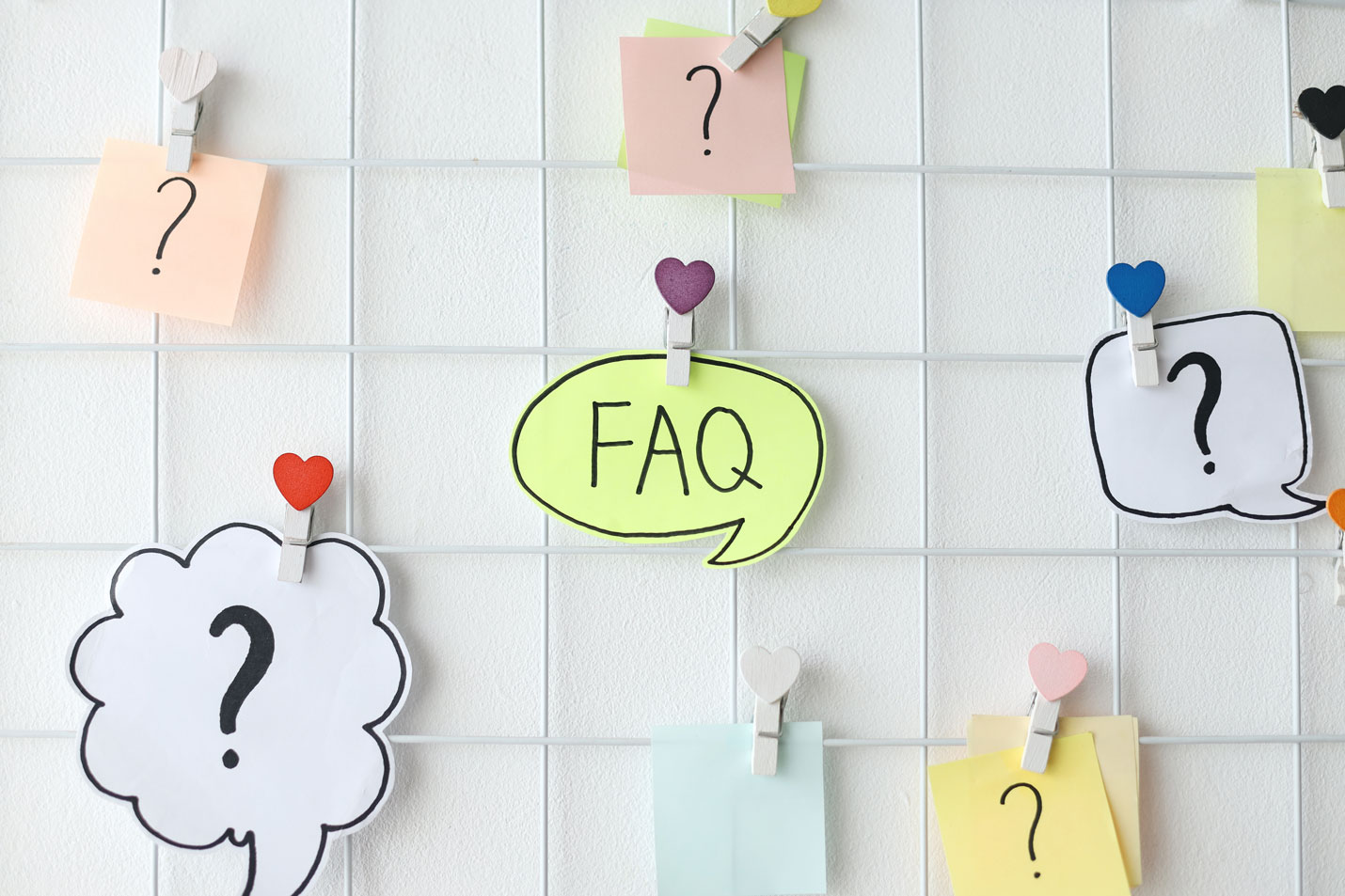How many times have you read through an entire website?
Yes! Website content is mostly glanced at, not read. If you’re looking to write content that makes your readers stick around, you need to do it in a way that solves their problems and answers their questions.
Here’s a guide to help you write better website content.
1. Understand Your Audience
When writing website content, creators often think about what they want to say as opposed to what their visitor wants to read. It is essential to create content for your website with your various audiences in mind and think about what is most important to them. You could map out their journey so that when they visit your website, they stumble upon information that is relevant to them.
Creating visitor personas can help too! It will help you visually picture the type of people you are trying to reach and better understand their behavior. By identifying your key visitor personas, you can create personalized content that is targeted and relevant to their interests, needs, and goals.
2. Start With Your Main Message
Writing content for your website is nothing like writing an essay. Online, you have just about a few seconds to hook your visitor – so the first words on your page and the structure of your content is important. With the technique known as the ‘Inverted Pyramid’, you can write and structure your website content in a way that puts the most important information at the top and the less essential at the bottom. Simply put, get the bigger picture out first – what you do and what you can do for them.
3. Provide Solutions
Whether reading a blog post, looking at an infographic, watching a video, or visiting a website – your visitors are looking for answers. They have landed on your website with a purpose in mind. Satisfy that purpose by having a conversation they want to have. Be the authority that helps them successfully travel their customer journey, and you can be sure that they will convert into devoted visitors who keep coming back for more.
Pro-tip: Scanners, as website visitors are usually called, are not just looking for answers. They are looking for answers FAST. Make your website content easy to scan so that they can find what they want swiftly and smoothly.
4. Get The Balance Right
While you cover your bases by highlighting high-level statements in your prose, remember to keep it conversational. Social media has reshaped how we communicate. Offering up formal, dry content will no longer be effective. Find that balance between being informative yet conversational, and you will grab their attention.
5. Keep Them Engaged
Anyone can write content but writing engaging content is a different ball game altogether. Elaborate headlines and italicized words do not always work. In fact, these practices sometimes come off as over-emphasizing and overly glaring. On the other hand, appropriate and descriptive titles and headings, lists, keywords close to the left-hand margin, and concise copy do the trick.
Help your visitors find more great content by hyperlinking certain words/phrases to other relevant resources, especially those on your own website. This will help keep people engaged with your content and moving through your site. Lastly, write content that is your own. Put your personality into everything you produce, and in doing so, you will end up growing a loyal group of followers, readers & customers.
6. Allow Your Content To Be Actionable
Download, buy, share, sign up, contact us, make sure your Call To Action is clear. You need to know what you want visitors to do after they consume your content. E-commerce websites should make it easy to take action by buying items. Service companies should make it clear how visitors can take the next step towards using their services. Can visitors place an order online? Should they fill out a contact form to have someone get in touch with them? Should they call the company by phone? Finding the CTA should be obvious so that your site visitors can complete the desired action.
If you’re looking for someone to help you write great content for your website, blog, social media, or anything else, you know whom to call.







